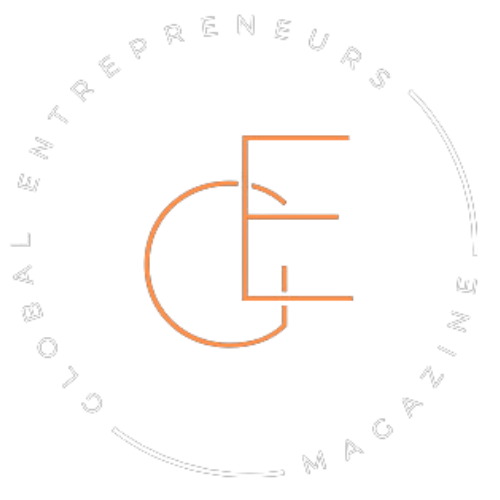It started with a sticky note that got lost. Then a client email that sat unopened for five days. Then a content calendar that never made it past Tuesday.
Maria was doing everything—sales, client onboarding, social posts, blog drafts, and somehow still trying to grow her business. The hustle looked impressive from the outside. Inside? It was held together with caffeine, crossed fingers, and duct tape.
One Tuesday afternoon, staring blankly at a half-written newsletter and ignoring yet another ping from her CRM, she realized something had to give. She wasn’t building a business anymore—she was just surviving one.
That week, she made a quiet decision: stop trying to be superhuman. Start working smarter. Not with more hours. Not with another VA. But with help she hadn’t fully trusted until now—AI.
And that changed everything.
CRM no longer needs to be a time suck
Before Maria made the switch, her CRM felt like a guilt trip in software form.
She’d open it once a week, maybe. Every tab was a reminder—missed follow-ups, leads gone cold, half-written notes that didn’t make sense anymore. The system was supposed to help her stay on top of things. Instead, it felt like another chore she was behind on.
That’s where the shift happened.
The new setup didn’t wait for her to remember what to do. It nudged her gently. “Hey, Sam hasn’t heard back from you in five days.” “You might want to check in with that warm lead from last week.” No guesswork. No calendar acrobatics. Just quiet, consistent support.
Some of the replies were even drafted already—using her tone, her writing style. All she had to do was hit send or tweak a word or two.
Tools like Pipedrive, HubSpot, and others with built-in AI didn’t just organize her pipeline—they gave her space to focus on the conversations that mattered. The part she was actually good at.
For the first time, her CRM wasn’t a graveyard of forgotten leads. It was a teammate.
Emails and replies don’t need to start from scratch
Maria used to stare at her inbox like it was a test she hadn’t studied for.
Crafting a pitch. Following up with someone who ghosted her. Trying to sound warm without sounding desperate. Every message felt like a gamble—and a time suck.
Now? She opens her inbox and sees options. Drafts ready for a quick polish. Suggested responses pulled from past conversations. Even tone adjustments that help her sound firm, not robotic.
It’s not just about speed. It’s about clarity. Confidence. Knowing that she doesn’t have to overthink every subject line or rewrite the same paragraph ten different ways.
She still writes. But now she starts from 60%, not zero.
And some days, that difference is everything.
The content hamster wheel is finally slowing down

There was a time Maria believed she had to post something every single day to stay relevant. A caption here. A blog post there. A new lead magnet she hadn’t finished promoting, but felt guilty about already.
It was never enough. And it never ended.
Then she flipped the script. One podcast episode became a blog. That blog became five LinkedIn posts. One of those turned into a killer email. With a few tweaks, she even got a script for a short video.
Same message. Different formats. All done faster than before—and none of it felt like a shortcut.
She didn’t stop creating. She just stopped spinning.
Now the content worked harder than she did.
Even meetings are getting automated
Maria used to dread meetings—not because of the calls themselves, but because of what came after.
Scattered notes. Missed to-dos. That nagging feeling she forgot something important.
Now she shows up, speaks, listens. That’s it. While she’s in the moment, an AI assistant quietly captures everything—summaries, action items, timestamps. Sometimes it even suggests next steps she hadn’t thought of.
When the call ends, so does the work. No manual recaps. No guessing what was agreed on.
Meetings became lighter. Not fewer—just smarter.
And she finally had brainspace left over when they were done.
But it’s not just about tools—it’s about reclaiming brainspace
Maria didn’t start automating her business because she wanted to be trendy. She did it because she was tired. Tired of remembering everything. Tired of doing tasks that drained her. Tired of always playing catch-up.
The tools helped, sure. But what really changed was how she felt.
Her mind wasn’t buzzing with a hundred tiny tabs anymore. She could sit down and think. Plan. Breathe.
Instead of reacting all day, she had room to make actual decisions. Not just the urgent ones—the smart ones. The creative ones. The ones that shaped her business instead of just maintaining it.
That quiet mental shift? That was the real win.
Automation isn’t cold—it’s a warm hand off
Maria didn’t disappear when she started using AI. She showed up more—clearer, calmer, sharper.
The tools didn’t replace her. They caught what she used to drop. They handled the clutter so she could handle the work only she could do.
She still answers emails. She still shows up on calls. She still creates.
But now, she does it without the constant drag of “everything else.”
Automation didn’t make her less human. It let her be fully present—without burning out in the process.




